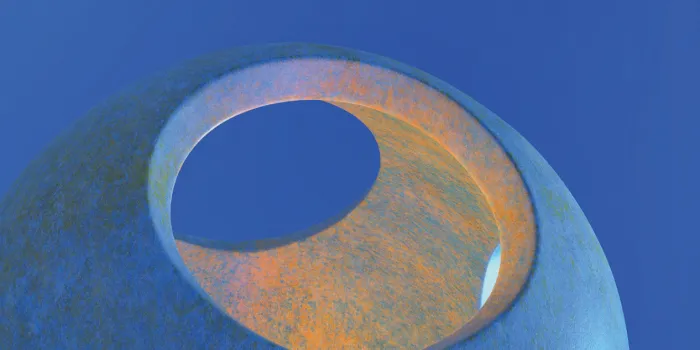Jillian Vilardo was a sophomore in high school when she first experienced a painful ovarian cyst, a fluid-filled sac that forms within or on the surface of the ovary. She was familiar with intense periods, as a result of having von Willebrand disease and factor V Leiden. But this pain was significantly worse.
“I couldn’t even lift my leg to get in my mom’s car,” she explains.
Doctors determined that the cyst was large and likely to rupture. She was rushed into surgery to remove it. Now 28 and a registered nurse in Snyder, New York, Vilardo hasn’t had any issues with cysts since. She and her husband welcomed a baby girl in May 2021.
What Causes Ovarian Cysts?
One of Vilardo’s physicians is Shaveta Malik, MD, an obstetrician/gynecologist and co-director of the Specialized Hematology Experts (S.H.E.) Clinic at Western New York BloodCare, in Buffalo, New York.
During the normal process of ovulation, she explains, each month the ovary releases a tiny follicle containing an egg. The follicle grows to about an inch wide, then releases the egg, along with a small amount of blood. Once in a while, the follicle continues to grow, becoming a larger cyst. Some cysts cause no symptoms, and others lead to tremendous pain or discomfort.
“Having a small cyst is very normal in reproductive-age women,” Malik says.
Some data suggests that they are more common in women with bleeding disorders. In one Centers for Disease Control and Prevention study, 52% of women with von Willebrand disease had a history of ovarian cysts, compared with just 22% of women without a bleeding disorder. However, this may be because women with bleeding disorders are more likely to have symptoms.
Diagnosis and Treatment
First, a doctor will feel the size of your ovaries and check for tenderness. Then, an ultrasound determines the size of the cyst and what kind it is.
Many cysts resolve on their own, according to Malik. Surgery is only necessary if there is significant bleeding and/or pain, or if the cyst is large (8 centimeters or more). To prevent new cysts from forming, oral contraceptives are often prescribed, Malik says.
Cysts related to ovulation don’t typically affect a woman’s fertility. Even if surgery is needed, it’s possible to remove the cyst, leaving the ovary intact. Vilardo and her husband were able to conceive after eight months of trying. “Of course, I was convinced that there was an issue,” she says. She spoke to Malik, who provided reassurance.
When to Contact Your Doctor About a Cyst
Nausea and abdominal pain, especially if they occur suddenly after strenuous activity, could be signs to see a doctor. Fortunately, Malik’s advice is simple: “Contact your ob/gyn if you don’t feel well,” she says.

